Liquid siding
gaviota_gal
18 years ago
Featured Answer
Comments (14)
corgilvr
18 years agomwkbear
18 years agoRelated Professionals
Eureka Kitchen & Bathroom Remodelers · Glen Carbon Kitchen & Bathroom Remodelers · Avon Lake General Contractors · Brownsville General Contractors · Mankato General Contractors · New Braunfels General Contractors · New Milford General Contractors · Parsons General Contractors · Towson General Contractors · Lilburn Painters · Lodi Painters · Redford Painters · Solana Beach Painters · Taylor Painters · Trussville PaintersOldHomeGuy
18 years agounearthly
18 years agoOldHomeGuy
18 years agounearthly
18 years agoSuzieSnowflake
18 years agospambdamn_rich
18 years agomwkbear
18 years agospambdamn_rich
18 years agomwkbear
18 years agosadiehammer_gmail_com
17 years agobakerbon
16 years ago
Related Stories

GARDENING AND LANDSCAPINGReflecting Pools as Liquid Assets
Mirroring the sky and the earth, reflecting pools and ponds heighten the sensory experience of nature in your landscape
Full Story
KITCHEN DESIGNKitchen of the Week: Industrial Design’s Softer Side
Dark gray cabinets and stainless steel mix with warm oak accents in a bright, family-friendly London kitchen
Full Story
GARDENING AND LANDSCAPINGTake a Winter Walk on the Safe Side
Learn how to handle snow, ice and other cold-weather landscape factors to minimize falls and damage
Full Story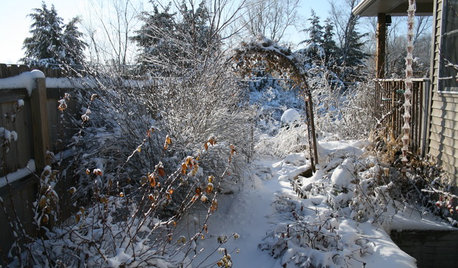
LIFE6 Ways to Beat the Winter Blahs
Snow and dark days dampening your spirits? These ideas will have you looking on the bright side
Full Story
WHITEWhite Slipcovers for Pure Practicality
With a washing machine and bleach on your side, white slipcovers for couches and chairs keep your furniture looking pristine
Full Story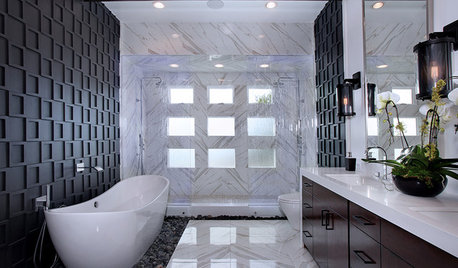
MOST POPULAR9 Elegant Examples of Black in the Bath
Don’t be afraid to embrace the dark side with this powerful hue
Full Story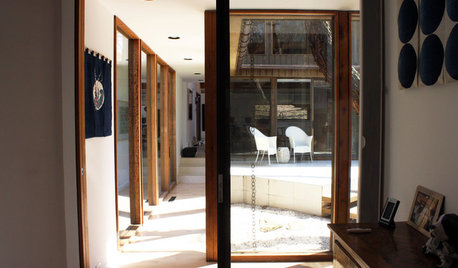
CONTEMPORARY HOMESHouzz Tour: An Updated '70s Home Puts Art on Show
Contemporary artworks and fresh finishes take the spotlight in a North Carolina home
Full Story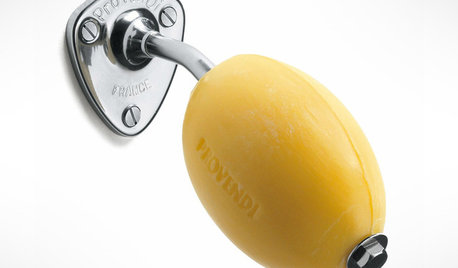
BATHROOM VANITIESBetter Places to Stash That Soap
Banish gloppy bars and flimsy pumps, and the only things you’ll need to clean are your hands
Full Story
HOUSEKEEPINGThe Best Way to Get Your Windows Spotlessly Clean
Learn the pros’ tips and tricks for cleaning windows and getting them streak-free
Full Story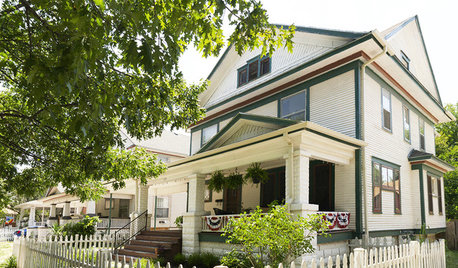
HOUZZ TOURSHouzz Tour: A Fixer-Upper Becomes a Labor of Love
A thrifty spirit and endless vision enable a hardworking Kansas couple to create a charming home on a small budget
Full StoryMore Discussions






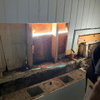
meadow484